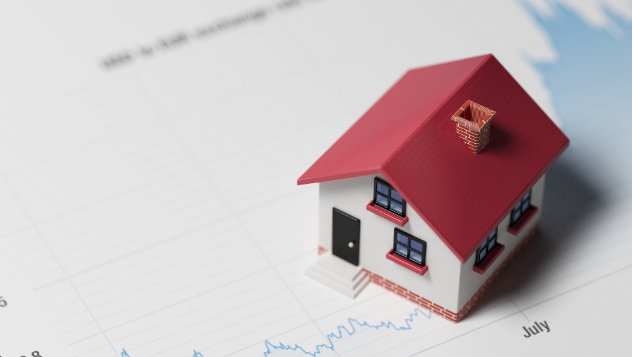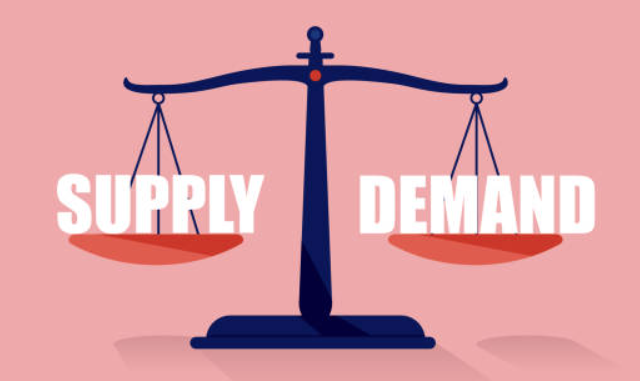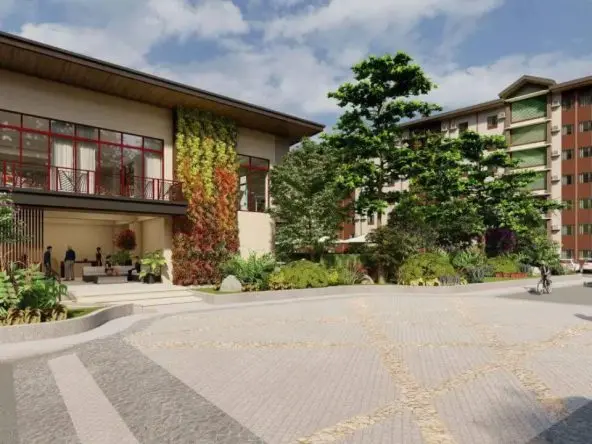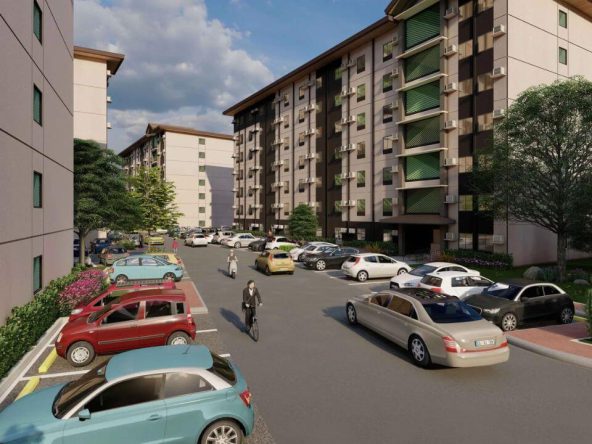The market value of land in the Philippines is a dynamic, shifting, and frequently volatile entity. Real Estate Property prices are affected by a number of factors and can fluctuate.
A piece of property’s land value includes the land value itself as well as the worth of any improvements that have been made to it.
This should not be confused with site value, which is the estimated cost of the land under the assumption that there are no mortgages, leases, or other agreements that could otherwise affect its value.
Simply put, market value is the price at which a house should most likely sell in a competitive, open market. It assumes a fair transaction in which both the buyer and the seller submit offers after the buyer lists a price.
Another way to put it is that a house’s market value is the price that the seller and the buyer agree upon after it has been on the open market for some time and has undergone some marketing and advertising by the seller or a sales agency.

When there is a greater demand for land than there is supply, or if a certain piece of land has inherent value above that of comparable other land use or property of agricultural land in its surroundings for commercial purposes (such as oil deposits), land values increase.
The process of figuring out a real estate investment’s economic value is referred to as real estate valuation. This can only be done by a licensed appraiser and is utilized in both residential and commercial real estate.
The second one calculates the rate of return on an investment in real land tax and in real estate values.
The both future value and present value of the land may directly depend on its position and location. For instance, an isolated piece of land may only be worth a little since it is cut off from amenities, services, transportation, and other things that could make it usable. If the land is close to a well-liked location, such as a city, an entertainment area, or in-demand services, its property value then can rise.
In the Philippines, figuring out a serious real estate buyer or real property that’s fair market value can be difficult.
Multiple property valuation systems that are mandated by various government bodies and various laws are one of the main reasons of the issue, according to expert studies. The fact that local government representatives are not properly informed about the cost of real estate in their respective areas adds to this difficulty.

Factors Affecting Land Value
A a property’s potential in real estate industry’s worth is influenced by many factors, including location and size. The value of the property may be affected by several factors. The following are some of real estate industry property valuation and aspects that you should be aware of if you’re going to buy or invest.
Size
In the Philippines, a property’s value is calculated using market price per square meter. The average price per square meter for residential construction as of the second quarter of 2021 is Php10,409. In property price general, higher value of a property’s value increases with how close it is to an urban center.
Accessibility to Economic activities

The location and ease of access to economic activities are also taken into account when valuing land. As opposed to isolated and more secluded ones, lots that are more easily accessible, close to city centers, and in densely populated, commercialized regions are worth more.
This pattern is supported by numerous research, which find that accessibility raises a property’s worth. As a result, buildings that are built with convenience and simplicity land use in mind are more likely to have a better market value and generate a higher return on investment for the investor.
Physical Problems
The size, form, frontage, topography, climate, availability of water, sewage lines, etc. of the lot are all taken into consideration. Physical elements are taken into account during valuations as they may ultimately have a direct impact on development and construction expenses.
Property’s age
Another element that affects a property’s value is built property and age of other property. Newly built homes typically appraise for more money since their essential components, including the plumbing, electrical components, and roof, are more recent and hence less prone to break down.
When choosing a property to invest in, purchasers take into account certain factors: the structure and target property’s condition in addition to age. To the target property to have a greater market value, you want a property that is structurally and aesthetically maintained.
Development controls

In comparison to a commercial property that’s price as to a home situated in a remote neighborhood, one that is close to newly constructed and upgraded regions is more likely to have a greater value. This is due to the fact that developments frequently draw more people, which raises the demand for both the residential area and commercial real estate properties.
Supply and Demand

Property values typically rise when there is a greater demand for homes than there are currently available. Homes usually sell for less when there is a supply shortage.
Mortgage Rates

The value of your property may be impacted by current mortgage interest rates. In times of low mortgage interest, purchasers are able to spend more on a home. Their monthly mortgage payments will be reduced with lower interest rates, and they will pay less overall for the loan.
Potential buyers’ capacity to afford a home falls as interest rates rise higher prices do. They can’t afford to spend as much on the initial purchase price because the higher interest rates will result in higher monthly mortgage payments and a longer loan term. Higher loan rates typically result in lower home prices because fewer purchasers will have the money to spend.
Location

Are there any eateries, schools, hospitals, or medical facilities in the city center around the property? Are there any gyms, stores, parks, or other attractions in the property or area? If the answer is yes, there is a good likelihood that the property’s structural condition will be valuable.
Whatever option you decide on, one thing is certain: Location is everything.
After all, it is a well-known fact that choosing where to live is the most important factor to take into account when purchasing a home.
The accessibility and convenience of metropolitan living are not available in rural places. Because of this, some homeowners might consider rural lives to be primitive and find the thought of living in a rural region to be less appealing. Fortunately, the suburbs have given potential homebuyers a new way to live—one in which they may take advantage of the numerous advantages of city living without the stress, pollution, or stuffy surroundings.
Here are some reasons why buying a top real estate property or investment property in sub-urban can improve your quality of life:
A. More value may be had for your money.
The same amount of money may typically purchase a larger or higher-quality home in the suburbs than it would in a desirable area of a city.
B. Less noise, pollution, and traffic.
The air is generally cleaner, there are less crowds, and the suburbs are generally quieter than the metropolis.
C. Simple access to convenient food, entertainment, and shopping.
In suburban areas, the majority of restaurants, entertainment venues shopping malls, and other shopping centers and complexes feature sizable free parking lots. These conveniences are frequently located adjacent to new home neighborhoods.
D. Less crimes.
Due in large part to a lower population, suburbs are statistically safer than cities. Living in the suburbs means making sure you get a good night’s sleep so you can wake up the next morning feeling refreshed and ready for whatever the day has in store.
E. A stronger sense of community is present.
People who move to suburban areas typically stay there for a lifetime, in contrast to most city dwellers who anticipate only a brief stay in their urban residences. There is a stronger sense of brotherhood and community as a result, and everyone watches out for one another. In suburban areas, individuals are less hurried and are more likely to stop to chat with their neighbors if they happen to run into them.
Many people didn’t always find suburban living desirable since they believed it didn’t provide the same level of accessibility and convenience as metropolitan places. The good news is that the country’s top subdivision builders have improved suburban areas to provide residents with a variety of advantages, including affordable homes, a tranquil lifestyle, a greener environment, easy access to transportation, less overcrowding, and a stronger sense of community.
Undoubtedly, there is a growing desire for and demand for the suburban lifestyle as an alternative to city living.





